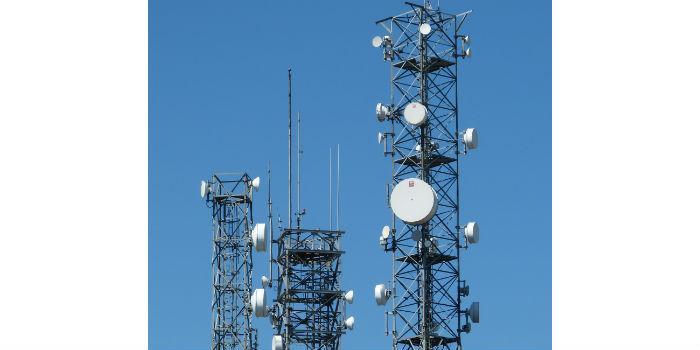 Mexico. The diagnosis of the segments that make up the telecommunications sector (mobile, fixed, broadband, pay TV, etc.) are based on various metrics (number of users, lines, revenues, accesses, devices, traffic, market structure by economic group, service penetration, etc.), for their sizing and static and dynamic analysis.
Mexico. The diagnosis of the segments that make up the telecommunications sector (mobile, fixed, broadband, pay TV, etc.) are based on various metrics (number of users, lines, revenues, accesses, devices, traffic, market structure by economic group, service penetration, etc.), for their sizing and static and dynamic analysis.
In the Case of Mexico, in all of them a high level of concentration in the hands of the declared preponderant economic agent, América Móvil, constituted by the Telmex-Telnor/Telcel companies, continues to be identified. In other words, the indicators show a very limited progress in the objective of advancing in terms of competition in this sector, where its footprint, even greater than two thirds of the market, brings it closer to the monopoly that it was more than two decades ago, that of a competitive operator that does not limit the healthy evolution of the market and the optimization of benefits for national consumers.
That competence is precisely the task of the Federal Institute of Telecommunications (IFT), based on its legal and institutional tooling, which results in asymmetric regulation.
There, interconnection plays a key role. It is the international and historical empirical lesson.
The analysis shows that as a result of the Reformation, a gain in competition resulting from the defined asymmetric interconnection had begun to be observed. Already in its determination by the IFT that entered into force at the beginning of 2018, it allowed the preponderant to stop this reniveling trend by closing the margin of asymmetry that had been determined by the legislature; since then, the proportion of lines has remained static and, even more worryingly, their level of income is increasing, compared to the other operators in the market.
Recently the IFT determined the level and differential of rates that must be paid to the preponderant operator and this to its competitors for the termination of calls and short messages in their respective networks during 2019. For the termination of calls from mobile users under the modality "the caller pays", the IFT determined a rate of $ 0.028313 pesos for the case of the preponderant operator, a level 0.9% lower than that set for this year, while for competitors it will be $ 0.112623 pesos, 0.2% less than in 2018. This implies a differential of $0.084310 pesos, practically the same as this year.
But more important than the level of these tariffs, is the differential of rates between competitors and preponderant. Greater asymmetry results in better conditions and competing results.
It is no secret to anyone that abrupt changes in the terms of interconnection tariff asymmetry result in reversals of competing gains.
And so it has happened with the aforementioned releveling since the beginning of 2018. The mobile preponderant increased its revenue share during the first 9 months of the year, going from 68.1% to 71.0%, one percentage point of profit per quarter, on average.
This evidence reinforces the need to reconsider the tariff differential, in order to recover the trajectory of benefits previously achieved in terms of lower prices and better service offers, simultaneous to the significant reduction of the preponderant's market share.
For the asymmetry of interconnection tariffs to fulfill its purpose, the regulatory lessons suggest that technically efficient conditions must be established, a timely implementation in its temporality and with tariff levels according to the market structure and dynamics between competitors.
Asymmetry is certainly a temporary measure whose function is to balance market conditions between competitors. As long as this is not achieved, it must be maintained at levels and above all adequate differentials to achieve the evasive effective competition of the Mexican market.
Text written by Ernesto Piedras of The Competitive Intelligence Unit.

























Leave your comment